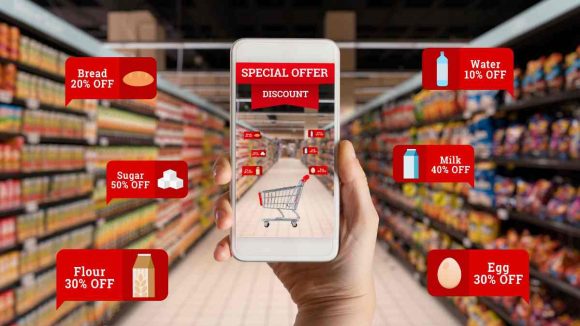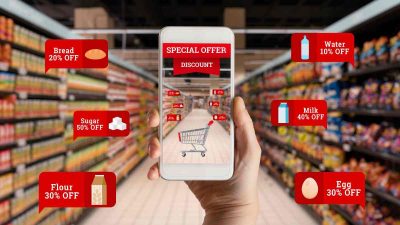Marketing experts believe a customer’s emotional connection, mood, and personal attachment to a brand significantly impact their response to discounts.
Speaking at the American marketing platform Mailchimp’s webinar, experts dissected the human psychology behind one of the oldest marketing tactics: discounts. According to their research, four aspects trigger the science of loyalty in sales:
- Reward
- Emotion
- Memory
- Social interaction
Release dopamine with customer rewards
Mailchimp’s study on consumer behavior toward brand loyalty reveals how a reward system triggers dopamine, also known as the happy hormone. Dopamine is released once a reward is offered to a customer.
The marketing platform interviewed 4,000 respondents in February 2024, representing Australia, the US, the UK, and Canada equally.
More than half (53%) of customers expect brands to reward them with discounts and deals. However, a staggering 89% prioritize reliability and credibility above a bargain. “Loyalty isn’t rational, but rather a deeper instinct from our evolutionary past,” says Kara Melchers, associate director of insights at Canvas8.
Discounts linked to poor quality
The experts warn that discounts must be used with caution. They say consumers often infer quality from price. “If you radically offer discounts, you are training your consumers to think that your product is poor quality,” says behavioral science consultant Richard Shotton.
“We use price as a guide to quality. That’s what sets our expectations,” says Shotton. “Unfortunately, those expectations then affect the actual experience of the product.” He warns marketers to be “very careful” with discounts and deals.
The right mood: Occasional discounts
When people respond to a price or a discount, they are not just responding to the product but also “partly extrapolating their existing feelings.” Shotto says when a business reaches out to a customer when they are in a “bad mood,” they tend to respond “very cynically” to your discount.
The same counts for the opposite emotion. Customers are more likely to be optimistic about the benefits when they are happy.
What can salespeople learn from this? Use strategic advertisements at places where people are generally happy, such as the gym, over a weekend, or a cinema.
Emotional connections
Emotional responses to marketing campaigns are likely to influence a customer and could lead to repeat purchases. “Emotions influence what information the brain stores and retrieves,” says Melchers.
The study found that feelings and identity are significant factors in the buying process. Feelings are simply how the brand makes a person feel about himself or herself, but identity is how the brand resonates with the customer.
Gen Zers (more than any other generation) prioritize brands that reflect their personal values. More than a fifth (23%) of adults 18-24 years old say it’s important for brands to make that personal connection.
Memory creates consumer loyalty
Customers who are loyal to a specific brand they like can be linked to the user-friendliness of the process. A staggering 97% of repeat purchases surveyed say their preferred brand makes it quick and easy to purchase.
ALSO READ: Customers want short-form content to consume marketing
To change someone’s behavior, businesses must make it as easy as possible for consumers to make a purchase. “If you make something easier, it’s more likely to happen,” says Shotton. He says it tends to have a “larger than expected effect.”
Instead of spending millions of dollars to convince customers to buy your product, Shotton suggests spending your time and money on removing the “friction” customers can experience with your product and making it as easy as possible.
Netflix is an example of changing its product to automatically start playing the next episode when the last one has ended. This eliminates the customer having to stand up and look for the remote control to proceed to the next episode.
Social interaction
Melchers says social interaction has the potential to influence other people’s behavior. Nearly half (49%) of repeat purchasers say recommendations from friends or family help them decide what to buy, and this is even more so for Gen Z customers.
NOW READ: The psychology behind e-commerce explained by an expert
About the author
Mia is a multi-award-winning journalist. She has more than 14 years of experience in mainstream media. She's covered many historic moments that happened in Africa and internationally. She has a strong focus on human interest stories, to bring her readers and viewers closer to the topics at hand.











